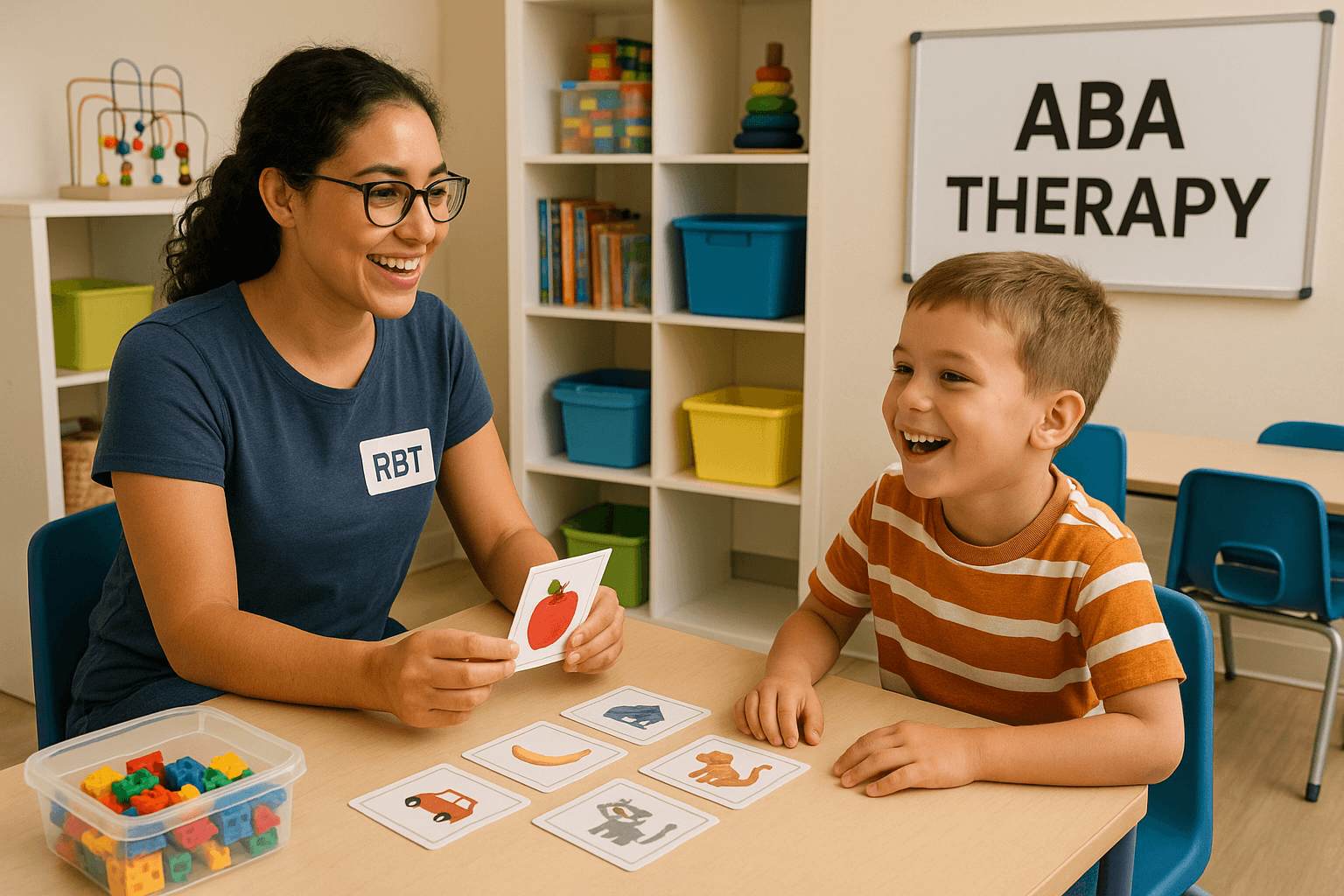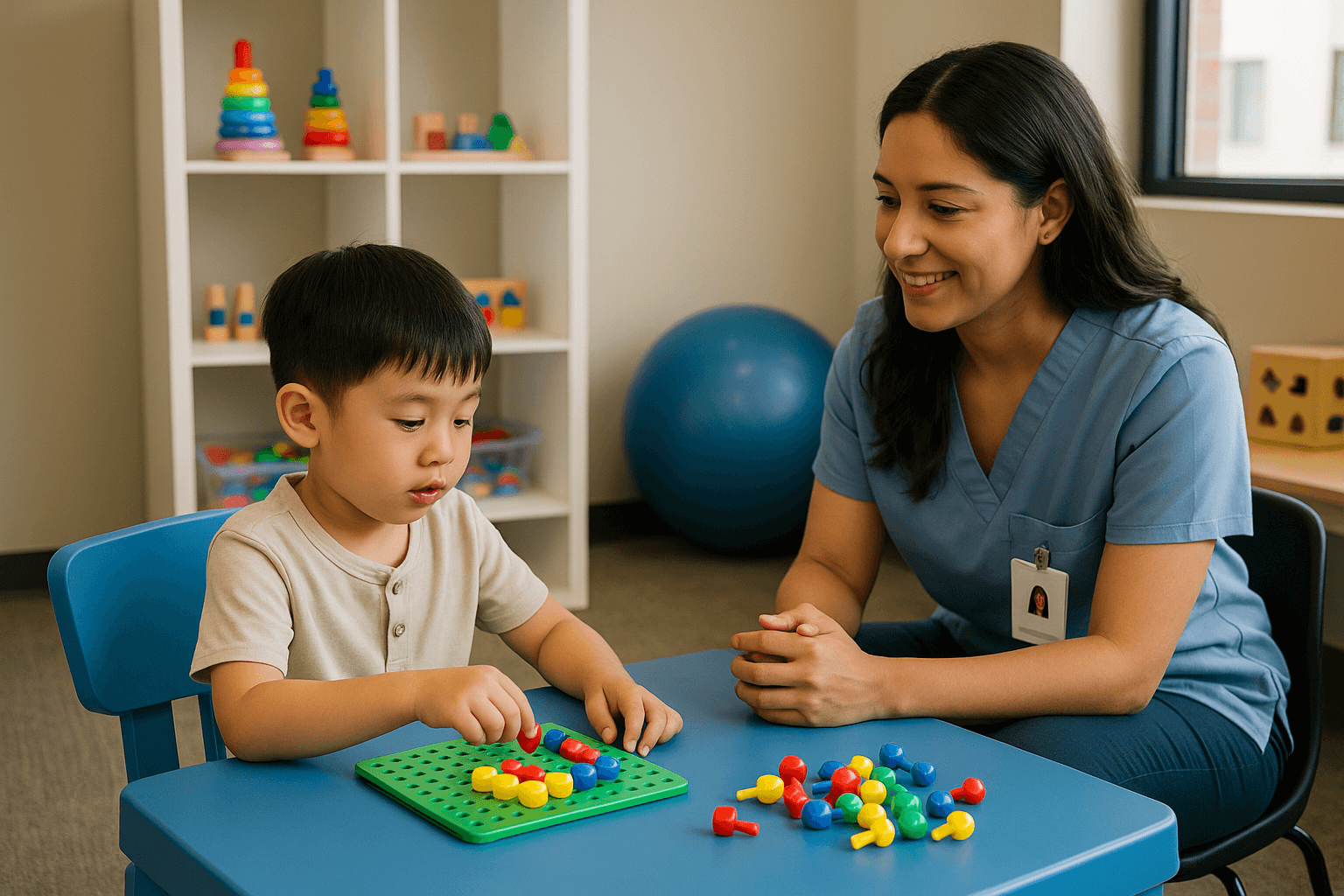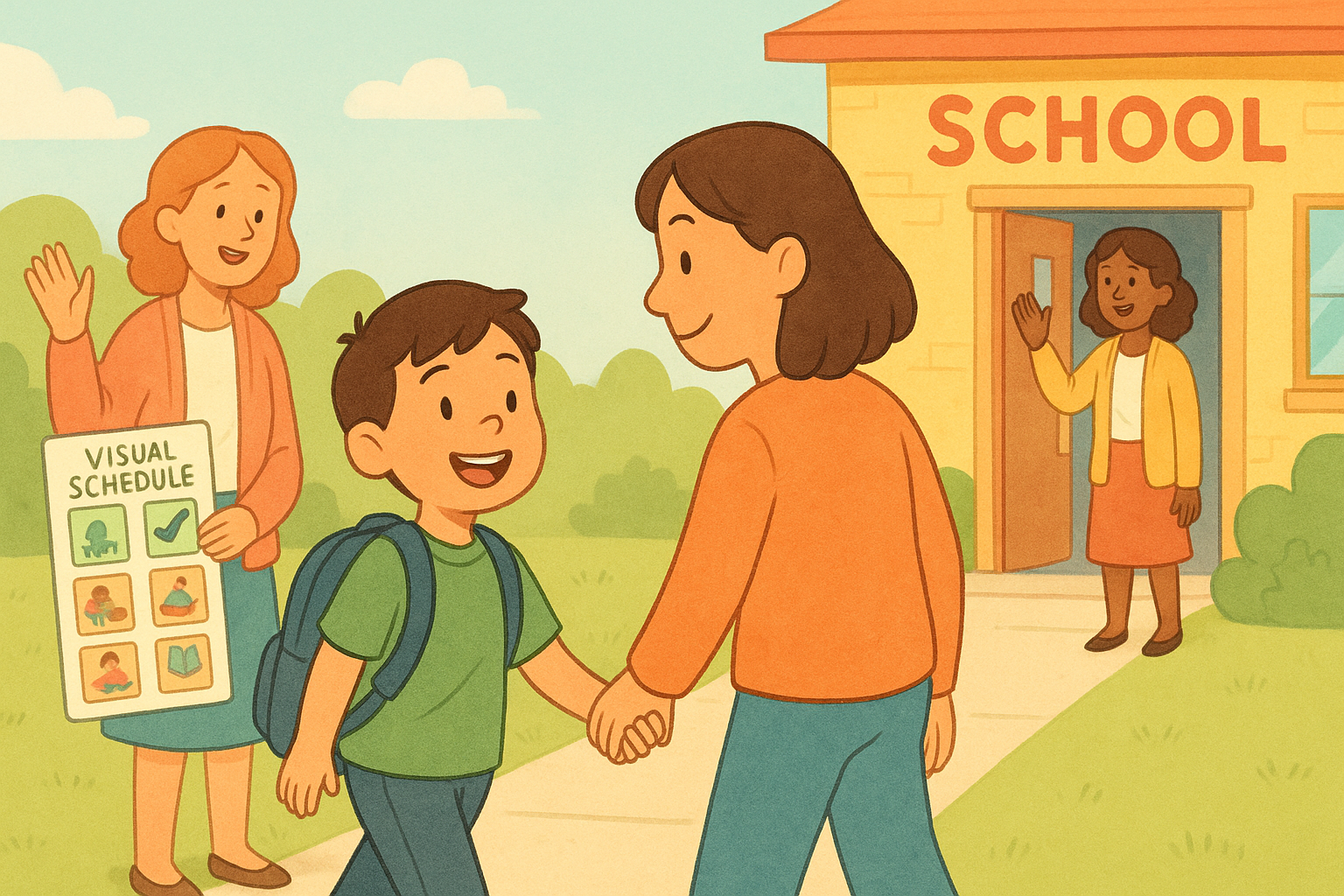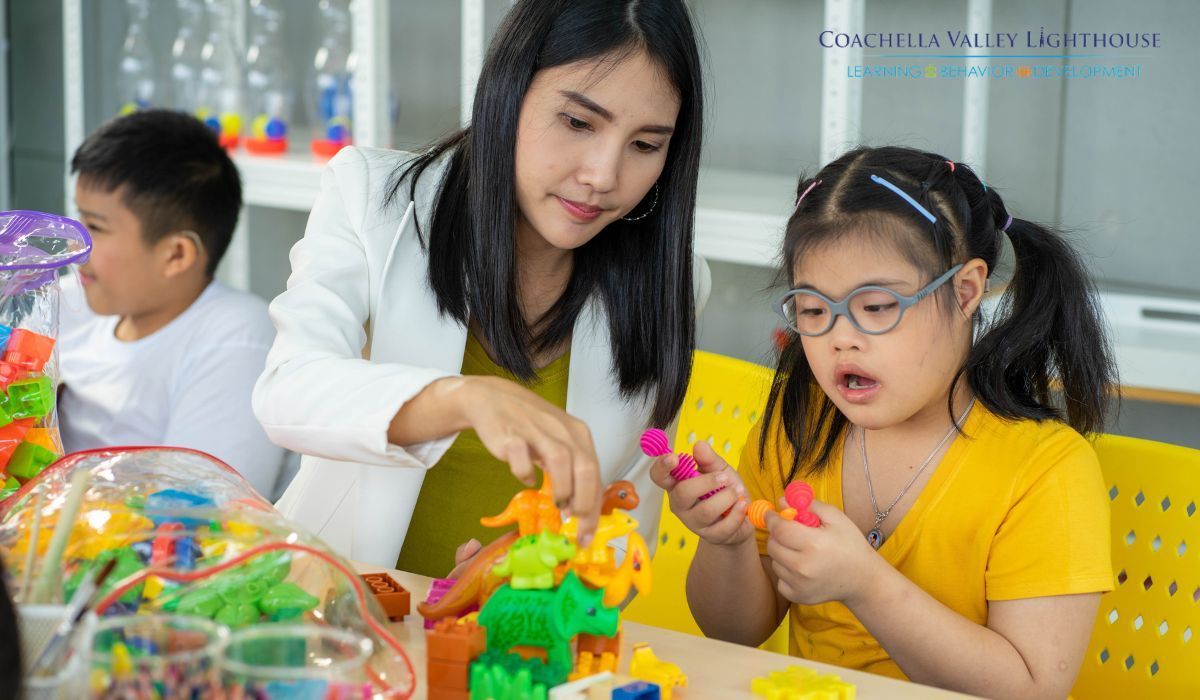Autism Intervention Strategies
When a child is diagnosed with autism, one of the first questions parents ask is: What can we do to support them? The good news is that there are many proven intervention strategies that help children with autism learn new skills, build independence, and thrive in daily life.
At CV Lighthouse, we believe in a family-centered approach that empowers both children and parents. This guide walks you through the most effective autism intervention strategies and how they can make a difference.
What Are Autism Intervention Strategies?
Autism intervention strategies are evidence-based methods designed to help children improve communication, social skills, behavior, and daily living abilities. Each child’s needs are unique, so strategies are tailored to their age, strengths, and challenges.
1. Applied Behavior Analysis (ABA) Therapy
ABA therapy is considered the gold standard in autism interventions. Using positive reinforcement, ABA helps children learn skills step by step.
ABA can target:
- Communication (speaking, using pictures, or devices)
- Social interaction (sharing, turn-taking, making friends)
- Daily living (getting dressed, brushing teeth, eating meals)
- Reducing challenging behaviors
2. Speech and Language Therapy
Many children with autism experience speech or communication delays. Speech therapy focuses on building language skills, both verbal and nonverbal. Therapists may use:
- Picture Exchange Communication System (PECS)
- Augmentative and Alternative Communication (AAC) devices
- Play-based interaction to encourage speech
3. Occupational Therapy (OT)
Occupational therapy helps children develop independence in everyday life. OT often focuses on:
- Fine motor skills (writing, using utensils)
- Sensory integration (helping children manage sensory sensitivities)
- Self-care (dressing, bathing, grooming)
4. Social Skills Training
Children with autism sometimes find it hard to connect with peers. Social skills groups or one-on-one training can teach:
- Reading body language
- Practicing conversation skills
- Understanding social rules (like taking turns in games)
5. Parent Training and Family Support
Parents are a child’s first teachers. Intervention works best when families are involved. Parent training programs provide tools to:
- Reinforce therapy strategies at home
- Manage challenging behaviors calmly
- Support consistent progress across settings
6. Educational Supports
School is a big part of every child’s life. Children with autism may qualify for Individualized Education Programs (IEPs) or 504 Plans that provide accommodations such as:
- Visual schedules
- Modified assignments
- Classroom aides
Choosing the Right Intervention for Your Child
There’s no “one-size-fits-all” approach. Most children benefit from a combination of strategies, guided by a professional team. At CV Lighthouse, we create individualized therapy plans that integrate ABA with other supports, ensuring children and families receive the help they need.
Getting Started with Autism Intervention
The earlier intervention begins, the better the outcomes. If you’re exploring support options for your child, CV Lighthouse is here to help you take the first step.
👉 Schedule a consultation today to learn more about our autism intervention services.











